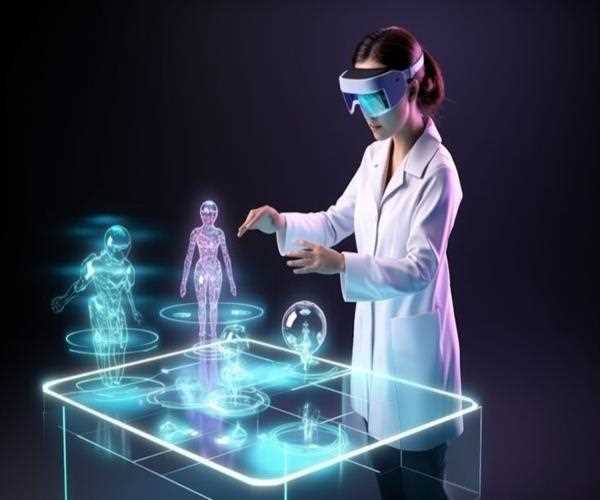Healthcare systems across the globe are in a transition to the new frontier in 2023 innovatively addressing the goals of resolving various systemic issues affecting patient care, organizational efficiency, and overall the effectiveness of the entire value chain in the delivery of services. There’s improved adoption of artificial intelligence (AI) for diagnosis and formulation of treatment plans for patients. Artificial Intelligence recent advances in the computation power have enabled the algorithms to handle large volumes of medical data for screening of diseases such as cancer and cardiovascular diseases at an early stage. It does not only refine the diagnostic accuracy but also the intervention plan ready for the needs of each patient.
One more revolutionary invention is telemedicine and remote patient monitoring services, however these are all connected solely to the internet connection. Telehealth was sheltered by the COVID-19 pandemic, and this year it has gone beyond telehealth, more combined with wearable devices and IoT applications. These technologies enable the healthcare providers to put real time checks on individual patients hence negating the need for frequent hospitalization. They are more useful for such patients requiring ongoing and chronic care, as well as after-surgery care, to always be engaged and take their health into account.
Precision medicine is also stirring up the industry in 2023, the development of genomics and biotechnology are driving this field. With human genetic information, physical ailments can now be color coded as far as risk propensity and subsequent healthcare prescriptions are concerned. It allows avoiding the multiple approaches to prescribe medications and leads to rare side effects and high efficacy. Also, the CRISPR that became famous for gene editing is giving a fresh look at treatment for inherited diseases and offering a chance for those considered fatal earlier on.

Robotics and automation are taking health care a notch higher by improving control during surgery and organizational productivity. Robotically aided surgeries are increasingly being used to help execute procedures that do not require large incisions and that result in less time spent in recovery. Even in functional aspects of practice like appointments and charges, administrative work is dominated to prevent overworking of healthcare staff and give more time for their patients.
Finally, the integration of blockchain technology is solving some of the fundamental concerns, such as what might happen to data and how the different sectors would communicate. Blockchain helps to share medical data across different applications so that patient data is kept private but medical data is shared freely across different physicians. All the above innovations taken as a package signal a rebirth of the health sector that is characterized by efficiency, individualized approach and enhanced quality of service.
Conclusion
In conclusion, The higher healthcare industry of the twenty-first century is in the process of a gradual transformation, introducing new advanced technologies that enhance accuracy, effectiveness and personal health-oriented approaches. Starting with diagnostic, robotic, and telemedicine tools, and extending to genomics,
robotics, and blockchain, these practices are solving the problems that have long remained unsolved and establishing new pinnacles of healthcare. Besides, these technologies improve care quality and support healthcare professionals who provide person-centered, comprehensive, and protected solutions. Waving this transformation, a more valuable, accessible, and efficacious health care system is awaiting the future.